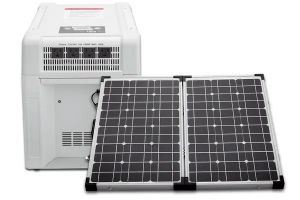Surely you have seen and heard about solar systems, solar panels and other things powered by solar energy such as portable battery chargers, backpacks that have a solar panel integrated to charge a laptop, certain movable traffic warning signs as well as solar powered street lights. Most likely you have seen solar panels on rooftops, you may even have seen a ground-mounted solar system. Have you ever seen or thought about a solar panel awning or a solar canopy? You may wonder why you would mound solar panels on a canopy or awning, let’s look at why these types of solar systems would be of interest.
Solar systems can have all different sizes depending on the intended purpose. While rooftop or ground-mounted systems are designed to offset a family’s electricity usage a canopy or awning system can have the same or other purposes. Have you looked into going solar just to find out that your roof is not positioned ideally to fit enough solar panels on it to offset your annual electric usage, or maybe your roof is not solar friendly, maybe it has a lot of shading or a lot of small spaces rather than one big area.
Solar Panel Awnings and Solar Canopies Explained
Rooftops are the traditional way to install solar panels for homes, which is also why rooftop solar systems are usually the first thing people think of when they think of solar systems. However, there are several other spaces that can be utilized for solar. Here at Solartime USA we have installed several solar systems on rooftops, we have also used carports, awnings, canopies and gazebos to place solar systems or complete solar systems. Solartime USA has also built stand alone gazebos for customers that wanted to use the solar panels to heat their pool, in conjunction build a beautiful outdoor living space with seating, tables and maybe a grill that will heat their pool. Some build awnings or canopies to help add electricity to their existing system or they used the smaller system as sort of an entry system to going solar and plan to extend it at a later point.
We have customers that have a solar system installed already and look to add to their system because their family’s electric needs have changed, they may have had relatives move in and they now need to offset more electricity, but they have no room left on their roof. Maybe there is shading on the remaining roof or the positioning of the roof is not ideal for solar panels, this is where utilizing awnings, carports, canopies or even a stand-alone gazebo come into play and offer a great addition or alternative to traditional solar systems.
Solar Panel Awnings
Solar panel awnings can serve a dual purpose, they can help with providing shade to the side of your house that is too hot to use as an outdoor space around your house, often, especially here in Texas the sun beams at a side of your house during the day and makes that space unusable for outdoor activities, it also creates a challenge to keep your house cool. A solar panel awning is a great addition to your home, it can be a beautiful structure added to the side of your home that now shades the house from the sun, keeps the house itself cooler and provides an outdoor space that can be used for entertaining and family gathering and to make it even better the solar panel awning can produce plenty of solar power to help offset your electric needs.
Solar panel awnings or canopies can be a great addition to your home. They can easily add a fantastic looking outdoor living space, providing both shade and an aesthetically pleasing structure to your property, increasing your property’s value as well.
Solar Panel Canopies
Solartime USA has built some great looking solar canopies where the structure itself is made of great looking and sturdy wood posts with solar panels as roof, providing shade but still letting light through. Solar canopies can be placed anywhere you have room on your property, some solar canopies are also used to heat pools, or in addition to a solar system that may not have enough room on a roof. Some people also have extra buildings such as shops or guest houses that they want to have solar powered which is where you can see how versatile solar installations can be.
What are Solar Carports?
Since more people are purchasing electric powered cars, some may already have a solar system installed and decide to build a solar carport as a charging station for the electric car. Often carports provide a great space for additional solar panels, or as an integrated space for a complete solar system. Even people that don’t yet have a solar system can benefit from a carport with solar when they purchase an electric car, the solar system can provide the electricity needed to charge the car without adding additional cost to their energy costs.
Contact the Solartime Experts for Dallas Solar Installation
When you are considering solar panel installation in Dallas, TX, either as a complete system or as a stand-alone for electric car charging or pool heating be sure to check with our experts here at Solartime USA. We have plenty of options available for you and the expertise to build and install your awning, canopy, car port or gazebo. Give us a call at (972) 675-7725 or contact us online to schedule a free consultation for Dallas solar installation.

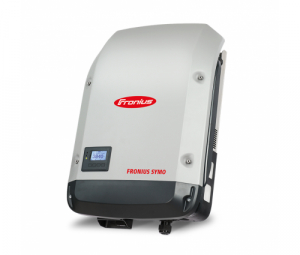
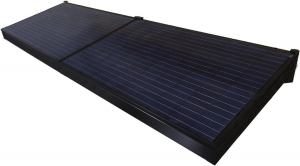

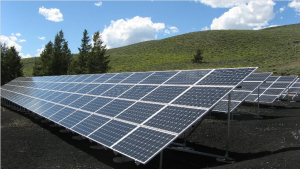
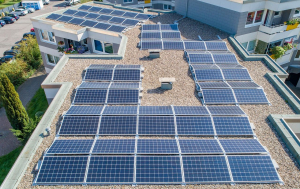
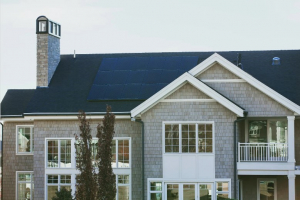
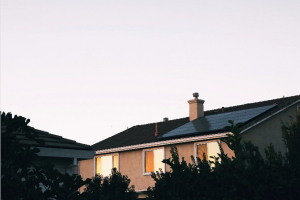

 (972) 675-7725 or
(972) 675-7725 or 
